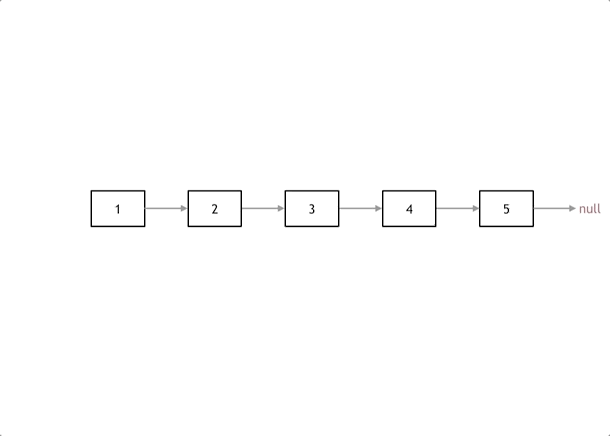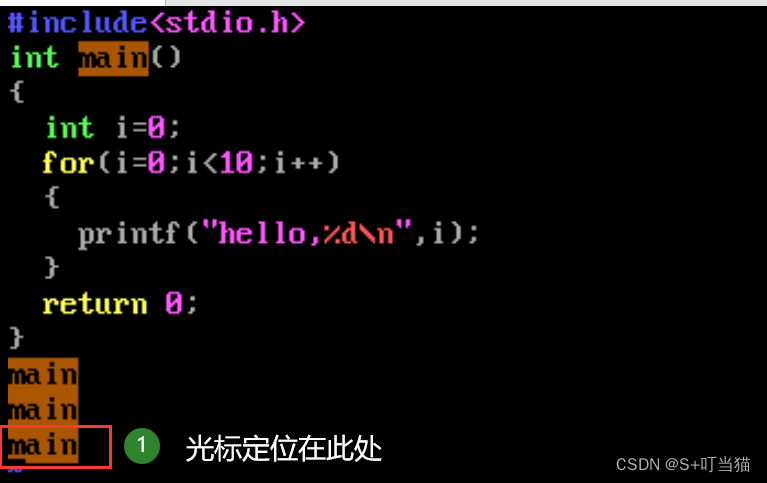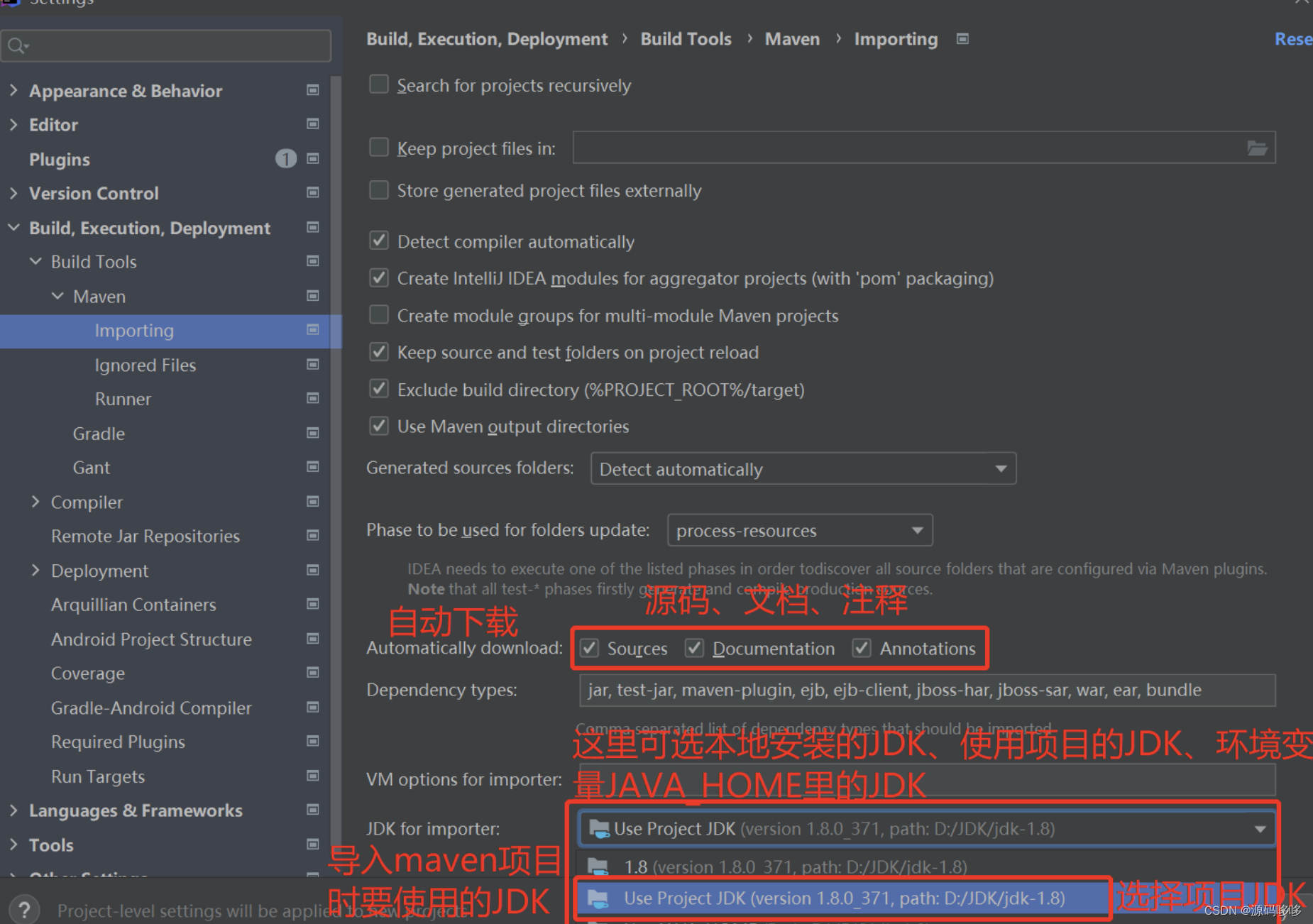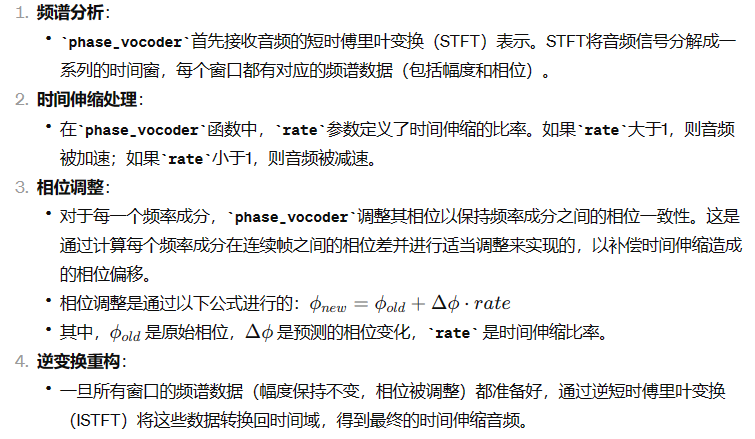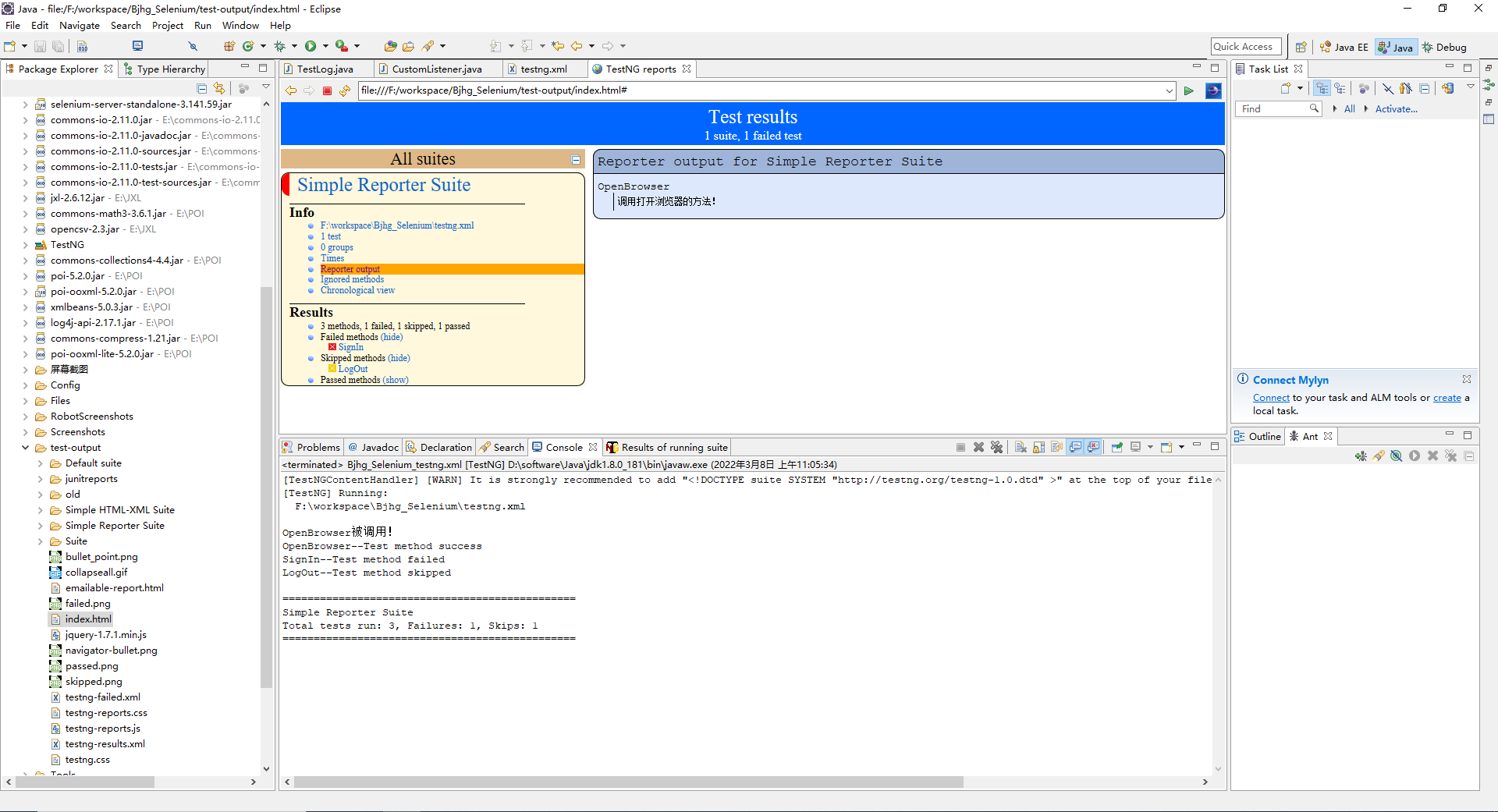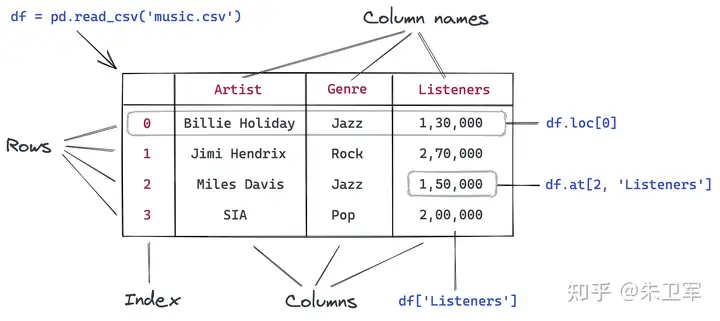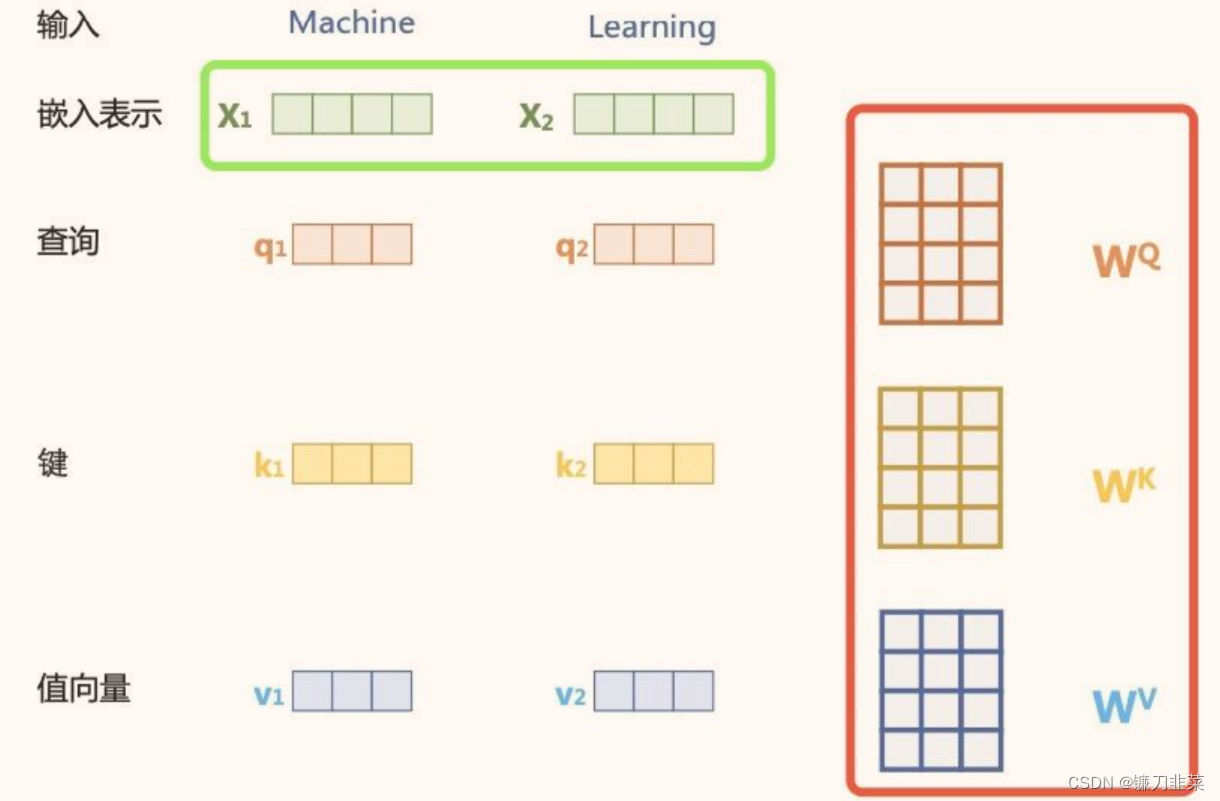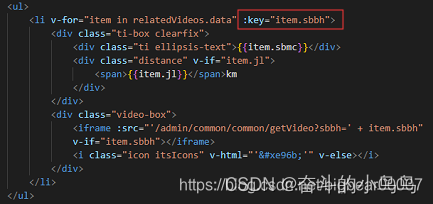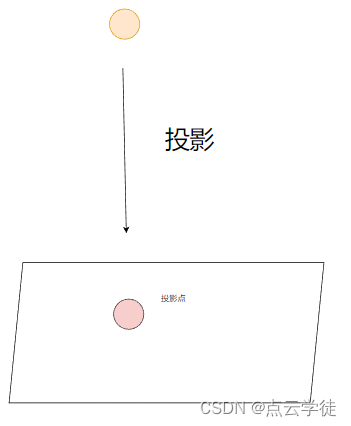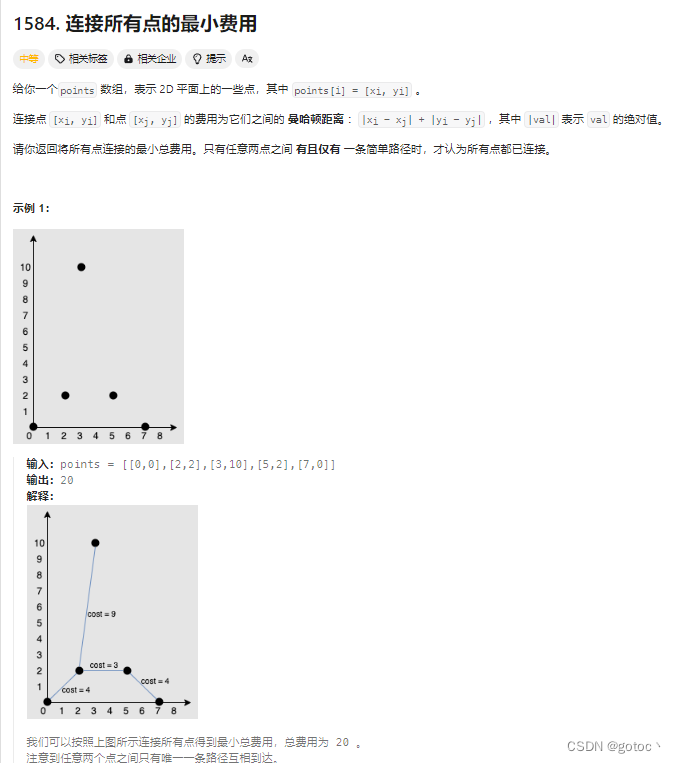我们知道通讯录是基于顺序表的前提下,要写好通讯录我们就要深入了解好顺序表。我们先来看看什么是顺序表。(注意今天代码量有点多,坚持一下)。冲啊!兄弟们!

顺序表的简单理解
对于顺序表,我们首先要知道的是:它不仅物理存储结构上是连续的,逻辑层次上也是连续的。它的本质是数组。它是在数组上的增删查改。这其实就是一个顺序表。
typedef int SLDataType;
typedef struct SeqList
{
SLDataType* arr;
int size;//有效个数
int capacity;//数组空间大小
}SL;而这个顺序表的大小其实取决于你给这个数组开辟多少内存空间。
那我们来看看一个完整功能的顺序表是怎么实现的。我们将顺序表所需要的函数的头文件写在SeqList.h头文件中,将函数的实现写在SeqList.c中。
SeqList.h的头文件所需要的函数:
#pragma once
//所需要的头文件
#include<stdio.h>
#include<stdlib.h>
#include<assert.h>
#include"Contact.h"
//动态顺序表
typedef int SLDataType;
typedef struct SeqList
{
SLDataType* arr;
int size;//有效个数
int capacity;//数组空间大小
}SL;
//顺序表的初始化
void SLInit(SL* ps);
//顺序表的销毁
void SLDestroy(SL* ps);
//尾插
void SLpushBack(SL* ps, SLDataType x);
//空间的申请
void SLcheck(SL* ps);
//头插
void SLpushFront(SL* ps, SLDataType x);
//尾删
void SLpopBack(SL* ps);
//头删
void SLpopFront(SL* ps);
//指定位置插入
void SLInsert(SL* ps, int pos, SLDataType x);
//指定位置删除
void SLErase(SL* ps, int pos);各种函数的实现
初始化函数的实现
一个变量需要初始化,而顺序表也不例外。
//顺序表初始化
void SLInit(SL* ps)
{
ps->arr = NULL;
ps->size = ps->capacity = 0;
}顺序表销毁函数的实现
利用动态内存函数开辟的空间,如果不使用了,我们就要将他们释放掉,也就是顺序表的销毁。
//顺序表的销毁
void SLDestroy(SL* ps)
{
//注意这里要判断一下数组地址是否为NULL,否则释放空指针空间会出问题
if (ps->arr)
{
free(ps->arr);
}
ps->arr = NULL;
ps->size = ps->capacity = 0;
}尾插函数的实现
在尾插之前,我们需要判断一下,顺序表里面的那个数组的内存够不够这个数据的插入,那么我们可以将这样一个功能封装成一个函数。
//尾插
void SLpushBack(SL* ps, SLDataType x)
{
assert(ps);
SLcheck(ps);
ps->arr[ps->size++] = x;
}
//空间申请
void SLcheck(SL* ps)
{
if (ps->capacity == ps->size)
{
int newcapacity = ps->capacity == 0 ? 4 : 2 * ps->capacity;
SLDataType* tmp = (SLDataType*)realloc(ps->arr, newcapacity * sizeof(SLDataType));
if (tmp == NULL)
{
perror("realloc");
return;
}
ps->arr = tmp;
ps->capacity = newcapacity;
}
}头插函数的实现
尾插需要判断一下数组内存是否够不够插入,那么头插也是如此。
//头插
void SLpushFront(SL* ps, SLDataType x)
{
assert(ps);
SLcheck(ps);
for (int i = ps->size; i > 0; i--)
{
ps->arr[i] = ps->arr[i - 1];
//arr[1]=arr[0]
}
ps->arr[0] = x;
ps->size++;
尾删函数的实现
实现这个函数,需要注意的是只要我们不影响其它函数的使用,即使不让开辟的内存释放也行的通。
//尾删
void SLpopBack(SL* ps)
{
assert(ps);
ps->size--;
}头删函数的实现
void SLpopFront(SL* ps)
{
assert(ps);
for (int i = 0; i < ps->size - 1; i++)
{
ps->arr[i] = ps->arr[i + 1];
//arr[size-2]=arr[size-1]
}
ps->size--;
指定位置插入函数的实现
//指定位置插入
void SLInsert(SL* ps, int pos, SLDataType x)
{
assert(ps);
assert(pos >= 0 && pos <= ps->size);
SLcheck(ps);
for (int i = ps->size; i > pos; i--)
{
ps->arr[i] = ps->arr[i - 1];
//arr[pos+1]=arr[pos]
}
ps->arr[pos] = x;
ps->size++;
}指定位置删除函数的实现
//指定位置删除
void SLErase(SL* ps, int pos)
{
assert(ps);
assert(pos >= 0 && pos < ps->size);
for (int i = pos; i < ps->size - 1; i++)
{
ps->arr[i] = ps->arr[i + 1];
//arr[size-2]=arr[size-1]
}
ps->size--;
}通讯录函数声明和定义
我们将通讯录要用到的函数声明放到Contact.h头文件中,将函数的实现放到Contact.c的源文件中。
Contact.h头文件的函数:
#pragma once
//联系人结构体
//姓名 性别 年龄 电话 地址
#define NAME_MAX 20
#define GENDER_MAX 10
#define AGE_MAX 10
#define TEL_MAX 10
#define ADDR_MAX 10
typedef struct perinfo
{
char name[NAME_MAX];
char gender[GENDER_MAX];
int age;
char tel[TEL_MAX];
char addr[ADDR_MAX];
}perinfo;
typedef struct SeqList Contact;//前置声明
//通讯录的初始化
void ContactInit(Contact* con);
//通讯录的销毁
void ContactDetroy(Contact* con);
//通讯录添加数据
void ContactAdd(Contact* con);
//通讯录删除数据
void ContactDelete(Contact* con);
//通讯录的修改
void ContactModify(Contact* con);
//通讯录的查找
int ContactFind(Contact* con);
//展示通讯录数据
void ContactShow(Contact* con);通讯录函数的实现
通讯录初始化函数的实现
注意由于我们通讯录是基于顺序表的,所以一些函数可以调用顺序表中的函数。
//通讯录的初始化
void ContactInit(Contact* con)
{
//通讯录的初始化实际上是顺序表的初始化
//而顺序表的初始化已经实现了
SLInit(con);
}通讯录销毁函数的实现
这里可以调用顺序表里面的销毁函数。
//通讯录的销毁
void ContactDetroy(Contact* con)
{
SLDestroy(con);
}通讯录添加数据函数的实现
//通讯录添加数据
void ContactAdd(Contact* con)
{
perinfo info;
//姓名 性别 年龄 电话 地址
printf("请输入要添加联系人的姓名:\n");
scanf("%s", info.name);
printf("请输入要添加联系人的性别:\n");
scanf("%s", info.gender);
printf("请输入要添加联系人的年龄:\n");
scanf("%d", &info.age);
printf("请输入要添加联系人的电话:\n");
scanf("%s", info.tel);
printf("请输入要添加联系人的地址:\n");
scanf("%s", info.addr);
//插入数据
SLpushBack(con, info);
}查找联系人
//查找联系人
int ContactFindname(Contact* con, char* name)
{
for (int i = 0; i < con->size; i++)
{
if (strcmp(con->arr[i].name, name) == 0)
{
//找到了
return i;
}
}
//没有找到
return -1;
}通讯录删除数据函数的实现
这里可以调用上面的查找联系人的函数,对指定联系人数据的删除。
//通讯录删除数据
void ContactDelete(Contact* con)
{
//删除的数据要先存在才能删除,否则删除不了
//查找
char name[NAME_MAX];
printf("请输入你要删除的联系人姓名:\n");
scanf("%s", name);
int find = ContactFindname(con, name);
if (find < 0)
{
printf("没有此联系人!\n");
return;
}
//执行删除程序
SLErase(con, find);
printf("删除成功!\n");
}展示联系人数据函数的实现
//展示通讯录数据
void ContactShow(Contact* con)
{
printf("%s %s %s %s %s\n", "姓名", "性别", "年龄", "电话", "地址");
for (int i = 0; i < con->size; i++)
{
printf("%.6s %.6s %d %.6s %.6s\n", con->arr[i].name
, con->arr[i].gender, con->arr[i].age, con->arr[i].tel
, con->arr[i].addr);
}
}通讯录修改函数的实现
这里也可以直接调用一下以上的查找函数。
//通讯录的修改
void ContactModify(Contact* con)
{
char name[NAME_MAX];
printf("请输入要修改的用户姓名:\n");
scanf("%s", name);
int find = ContactFindname(con, name);
if (find < 0)
{
printf("要修改的联系人不存在!\n");
return;
}
//直接修改
printf("请输入新的姓名:\n");
scanf("%s", con->arr[find].name);
printf("请输入新的性别:\n");
scanf("%s", con->arr[find].gender);
printf("请输入新的年龄:\n");
scanf("%d", &con->arr[find].age);
printf("请输入新的电话:\n");
scanf("%s", con->arr[find].tel);
printf("请输入新的住址:\n");
scanf("%s", con->arr[find].addr);
printf("修改成功!\n");
}通讯录查找函数的实现
//通讯录的查找
int ContactFind(Contact* con)
{
char name[NAME_MAX];
printf("请输入要查找人的姓名:\n");
scanf("%s", name);
int find = ContactFindname(con,name);
if (find < 0)
{
printf("没有此联系人!\n");
return;
}
printf("%s %s %s %s %s\n", "姓名", "性别", "年龄", "电话", "地址");
printf("%.6s %.6s %d %.6s %.6s\n", con->arr[find].name
, con->arr[find].gender, con->arr[find].age, con->arr[find].tel
, con->arr[find].addr);
}
总代码
SeqList.h文件
#pragma once
//所需要的头文件
#include<stdio.h>
#include<stdlib.h>
#include<assert.h>
#include"Contact.h"
//动态顺序表
typedef perinfo SLDataType;
typedef struct SeqList
{
SLDataType* arr;
int size;//有效个数
int capacity;//数组空间大小
}SL;
//顺序表的初始化
void SLInit(SL* ps);
//顺序表的销毁
void SLDestroy(SL* ps);
//尾插
void SLpushBack(SL* ps, SLDataType x);
//空间的申请
void SLcheck(SL* ps);
//头插
void SLpushFront(SL* ps, SLDataType x);
//尾删
void SLpopBack(SL* ps);
//头删
void SLpopFront(SL* ps);
//指定位置插入
void SLInsert(SL* ps, int pos, SLDataType x);
//指定位置删除
void SLErase(SL* ps, int pos);SeqList.c文件
#define _CRT_SECURE_NO_WARNINGS 1
#include"SeqList.h"
//各个函数的实现
//顺序表初始化
void SLInit(SL* ps)
{
ps->arr = NULL;
ps->size = ps->capacity = 0;
}
//顺序表的销毁
void SLDestroy(SL* ps)
{
//注意这里要判断一下数组地址是否为NULL,否则释放空指针空间会出问题
if (ps->arr)
{
free(ps->arr);
}
ps->arr = NULL;
ps->size = ps->capacity = 0;
}
//尾插
void SLpushBack(SL* ps, SLDataType x)
{
assert(ps);
SLcheck(ps);
ps->arr[ps->size++] = x;
}
//空间申请
void SLcheck(SL* ps)
{
if (ps->capacity == ps->size)
{
int newcapacity = ps->capacity == 0 ? 4 : 2 * ps->capacity;
SLDataType* tmp = (SLDataType*)realloc(ps->arr, newcapacity * sizeof(SLDataType));
if (tmp == NULL)
{
perror("realloc");
return;
}
ps->arr = tmp;
ps->capacity = newcapacity;
}
}
//头插
void SLpushFront(SL* ps, SLDataType x)
{
assert(ps);
SLcheck(ps);
for (int i = ps->size; i > 0; i--)
{
ps->arr[i] = ps->arr[i - 1];
//arr[1]=arr[0]
}
ps->arr[0] = x;
ps->size++;
}
//尾删
void SLpopBack(SL* ps)
{
assert(ps);
ps->size--;
}
//头删
void SLpopFront(SL* ps)
{
assert(ps);
for (int i = 0; i < ps->size - 1; i++)
{
ps->arr[i] = ps->arr[i + 1];
//arr[size-2]=arr[size-1]
}
ps->size--;
}
//指定位置插入
void SLInsert(SL* ps, int pos, SLDataType x)
{
assert(ps);
assert(pos >= 0 && pos <= ps->size);
SLcheck(ps);
for (int i = ps->size; i > pos; i--)
{
ps->arr[i] = ps->arr[i - 1];
//arr[pos+1]=arr[pos]
}
ps->arr[pos] = x;
ps->size++;
}
//指定位置删除
void SLErase(SL* ps, int pos)
{
assert(ps);
assert(pos >= 0 && pos < ps->size);
for (int i = pos; i < ps->size - 1; i++)
{
ps->arr[i] = ps->arr[i + 1];
//arr[size-2]=arr[size-1]
}
ps->size--;
}Contact.h文件
#pragma once
//联系人结构体
//姓名 性别 年龄 电话 地址
#define NAME_MAX 20
#define GENDER_MAX 10
#define AGE_MAX 10
#define TEL_MAX 10
#define ADDR_MAX 10
typedef struct perinfo
{
char name[NAME_MAX];
char gender[GENDER_MAX];
int age;
char tel[TEL_MAX];
char addr[ADDR_MAX];
}perinfo;
typedef struct SeqList Contact;//前置声明
//通讯录的初始化
void ContactInit(Contact* con);
//通讯录的销毁
void ContactDetroy(Contact* con);
//通讯录添加数据
void ContactAdd(Contact* con);
//通讯录删除数据
void ContactDelete(Contact* con);
//通讯录的修改
void ContactModify(Contact* con);
//通讯录的查找
int ContactFind(Contact* con);
//展示通讯录数据
void ContactShow(Contact* con);Contact.c文件
#define _CRT_SECURE_NO_WARNINGS 1
#include"SeqList.h"
//通讯录的初始化
void ContactInit(Contact* con)
{
//通讯录的初始化实际上是顺序表的初始化
//而顺序表的初始化已经实现了
SLInit(con);
}
//通讯录的销毁
void ContactDetroy(Contact* con)
{
SLDestroy(con);
}
//通讯录添加数据
void ContactAdd(Contact* con)
{
perinfo info;
//姓名 性别 年龄 电话 地址
printf("请输入要添加联系人的姓名:\n");
scanf("%s", info.name);
printf("请输入要添加联系人的性别:\n");
scanf("%s", info.gender);
printf("请输入要添加联系人的年龄:\n");
scanf("%d", &info.age);
printf("请输入要添加联系人的电话:\n");
scanf("%s", info.tel);
printf("请输入要添加联系人的地址:\n");
scanf("%s", info.addr);
//插入数据
SLpushBack(con, info);
}
//查找联系人
int ContactFindname(Contact* con, char* name)
{
for (int i = 0; i < con->size; i++)
{
if (strcmp(con->arr[i].name, name) == 0)
{
//找到了
return i;
}
}
//没有找到
return -1;
}
//通讯录删除数据
void ContactDelete(Contact* con)
{
//删除的数据要先存在才能删除,否则删除不了
//查找
char name[NAME_MAX];
printf("请输入你要删除的联系人姓名:\n");
scanf("%s", name);
int find = ContactFindname(con, name);
if (find < 0)
{
printf("没有此联系人!\n");
return;
}
//执行删除程序
SLErase(con, find);
printf("删除成功!\n");
}
//展示通讯录数据
void ContactShow(Contact* con)
{
printf("%s %s %s %s %s\n", "姓名", "性别", "年龄", "电话", "地址");
for (int i = 0; i < con->size; i++)
{
printf("%.6s %.6s %d %.6s %.6s\n", con->arr[i].name
, con->arr[i].gender, con->arr[i].age, con->arr[i].tel
, con->arr[i].addr);
}
}
//通讯录的修改
void ContactModify(Contact* con)
{
char name[NAME_MAX];
printf("请输入要修改的用户姓名:\n");
scanf("%s", name);
int find = ContactFindname(con, name);
if (find < 0)
{
printf("要修改的联系人不存在!\n");
return;
}
//直接修改
printf("请输入新的姓名:\n");
scanf("%s", con->arr[find].name);
printf("请输入新的性别:\n");
scanf("%s", con->arr[find].gender);
printf("请输入新的年龄:\n");
scanf("%d", &con->arr[find].age);
printf("请输入新的电话:\n");
scanf("%s", con->arr[find].tel);
printf("请输入新的住址:\n");
scanf("%s", con->arr[find].addr);
printf("修改成功!\n");
}
//通讯录的查找
int ContactFind(Contact* con)
{
char name[NAME_MAX];
printf("请输入要查找人的姓名:\n");
scanf("%s", name);
int find = ContactFindname(con,name);
if (find < 0)
{
printf("没有此联系人!\n");
return;
}
printf("%s %s %s %s %s\n", "姓名", "性别", "年龄", "电话", "地址");
printf("%.6s %.6s %d %.6s %.6s\n", con->arr[find].name
, con->arr[find].gender, con->arr[find].age, con->arr[find].tel
, con->arr[find].addr);
}
test_1.c文件
将通讯录各个函数封装一下,制成一个菜单。
#define _CRT_SECURE_NO_WARNINGS 1
#include"SeqList.h"
void menu()
{
printf("******通讯录*****\n");
printf("*****1.添加联系人 2.删除联系人******\n");
printf("*****3.查找联系人 4.修改联系人******\n");
printf("*****5.展示联系人 0.退出通讯录*****\n");
}
int main()
{
int input;
Contact con;
ContactInit(&con);
do
{
menu();
printf("请选择你的操作:\n");
scanf("%d", &input);
switch (input)
{
case 1:ContactAdd(&con);
break;
case 2:ContactDelete(&con);
break;
case 3:ContactFind(&con);
break;
case 4:ContactModify(&con);
break;
case 5:ContactShow(&con);
break;
case 0:printf("退出通讯录....\n");
break;
default:printf("选项不合法,重新选择\n");
break;
}
} while (input);
ContactDetroy(&con);
return 0;
}

